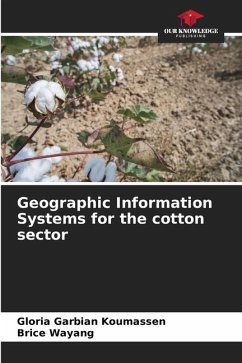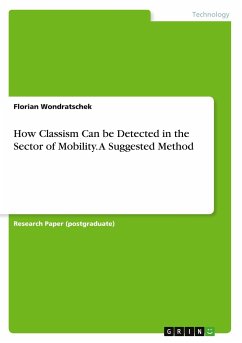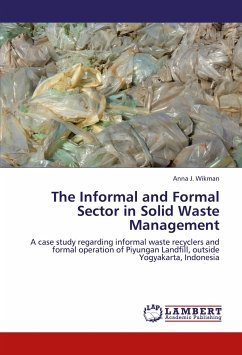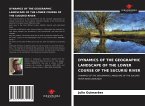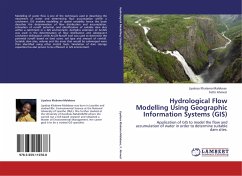A study on the contribution of Geographic Information Systems to the cotton industry was carried out in the Logone Occidental province. The choice of this subject was motivated by the analysis and representation of data from cotton industry activities and crop monitoring. This analysis and representation was carried out manually, and the method for identifying the area suitable for cotton growing is very old. This does not facilitate decision-making by the players in this field. The aim of this study is to demonstrate the importance of using GIS and remote sensing tools to reorganize the cotton sector in the province of Logone Occidentale. The methodology used revolves around three axes: literature review, data collection from ANADER and CotonTchad SN companies, and the complete methodology of work implementation. He and BOISSIN's production theory and HARDIN-FANNING and RICK's theory of change were used as models to make this study intelligible.

